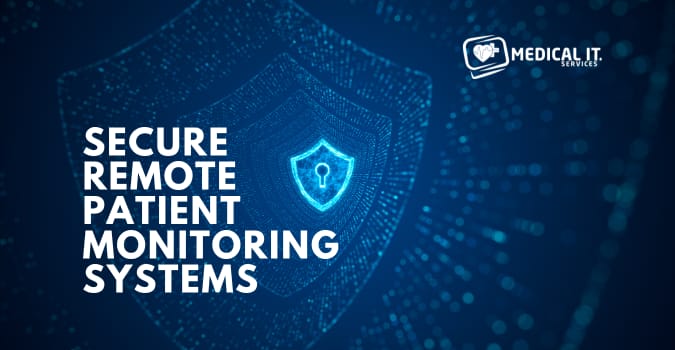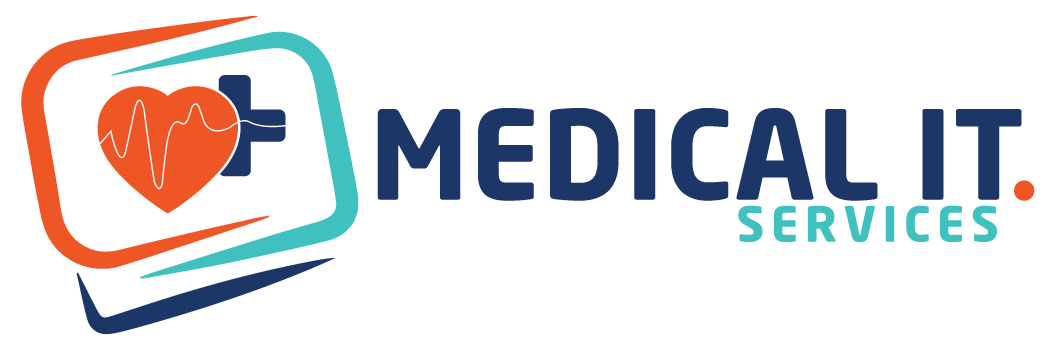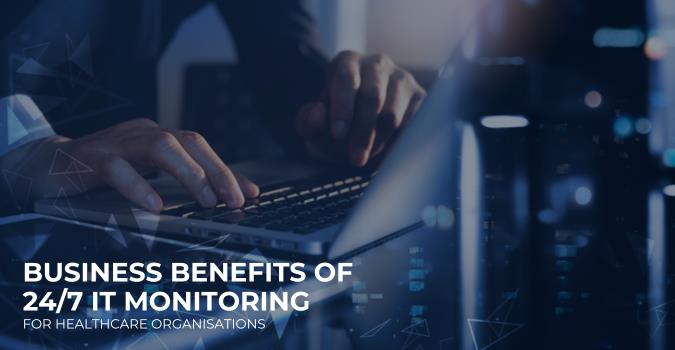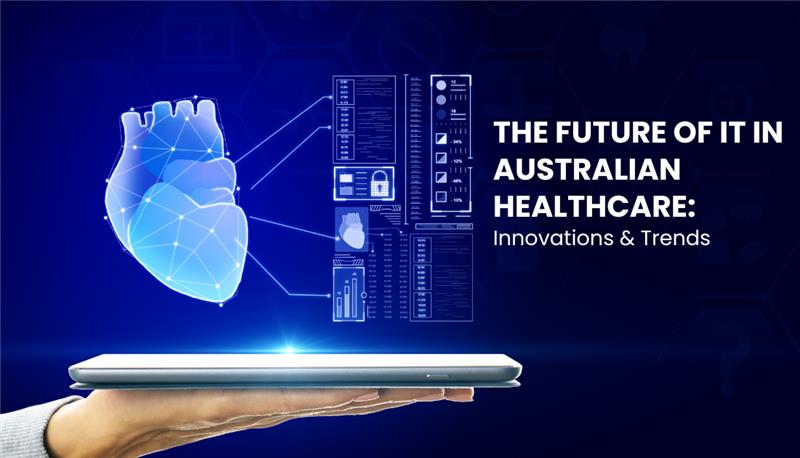Healthcare organisations rely on robust IT systems to manage patient records, facilitate telemedicine and support…

How To Secure Remote Patient Monitoring Systems For Telehealth?
The field of healthcare has witnessed a significant transformation in recent years with the advent of telehealth and remote patient monitoring systems. These technologies have not only improved the accessibility of healthcare services. But also facilitated the monitoring of patients from the comfort of their own homes. However, the increased reliance on remote patient monitoring systems has raised concerns about the security of sensitive medical data. This article aims to provide insights into how to secure remote patient monitoring systems for telehealth, ensuring the privacy and safety of patient information.
What is Telehealth?
Telehealth also famous as telemedicine or virtual healthcare, is the delivery of healthcare services remotely using telecommunications technology. Telehealth Services allow patients to access medical consultations, monitoring, and information without the need for in-person visits to a healthcare facility. During the COVID-19 pandemic, telehealth offers convenience, cost savings, and increased access to healthcare for many individuals and communities.
What is a Remote Patient Monitoring (RPM) System?
Remote patient monitoring (RPM) is a type of healthcare service that uses technology to collect and transmit patient data remotely, allowing healthcare providers to monitor their patient’s health outside of a clinical setting. RPM systems is used to monitor a wide range of vital signs. And other medical data, such as blood pressure, heart rate, blood glucose levels, and weight.
Understanding the Risks
Before diving into security measures, it’s crucial to understand the potential risks associated with remote patient monitoring systems in telehealth:
Data Breaches: Patient medical data is highly sensitive and valuable, making it an attractive target for cybercriminals.
Unauthorized Access: The possibility of unauthorized access to patient data, either through hacking or negligent behavior, can lead to privacy violations.
Device Vulnerabilities: Monitoring devices used at home may have security vulnerabilities that are exploited by malicious actors.
Interference with Patient Care: Any disruption or tampering with remote monitoring systems can adversely affect patient care and well-being.
Securing Remote Patient Monitoring Systems
Data Encryption: All patient data should be encrypted at rest and in transit. This means that the data should be encrypted when it is stored on devices and servers, as well as when it is being transmitted over the internet.
Secure Authentication: Implement strong authentication methods, such as multi-factor authentication, for both patients and healthcare providers. This ensures that only authorized individuals can access the system.
Regular Software Updates: Keep all software components, including monitoring devices, firmware, and server applications, up to date. Updates often include security patches that address known vulnerabilities.
Access Control: Employ strict access control policies to restrict access to patient data based on role and necessity. Only authorized personnel should have access to sensitive information.
Network Security: Ensure that the network infrastructure is secure. Implement firewalls, intrusion detection systems, and network segmentation to protect against external threats.
Device Security: Pay special attention to the security of monitoring devices. Devices should have robust security features, and patients must be educated on their proper use and maintenance.
Privacy Policies: Clearly define and communicate privacy policies to patients, including how their data is collected, stored, and shared. Obtain explicit consent from patients for data processing.
Data Backup and Recovery: Regularly back up patient data to secure offsite locations and establish a comprehensive data recovery plan to mitigate potential data loss due to breaches or technical issues.
Incident Response Plan: Develop a well-defined incident response plan that outlines the steps to be taken in case of a security breach. This plan should include notifying affected patients and regulatory authorities.
Conclusion
By implementing the security measures outlined in this article and staying informed about emerging threats and best practices, remote healthcare service providers can harness the full potential of telehealth while safeguarding sensitive patient data. In a world where healthcare data breaches are an ongoing concern, securing remote patient monitoring systems is not an option but a necessity to ensure the future of healthcare remains safe and effective.
Whether it’s navigating complex healthcare regulations like HIPAA, implementing cutting-edge cybersecurity solutions, securing your network infrastructure, or providing training and awareness programs for your staff, MedicalIT.Services offer a comprehensive suite of IT Services to fortify your telehealth operations. Contact us at 03 80808014 to safeguard RPM Systems and ensure the success of telehealth services.




